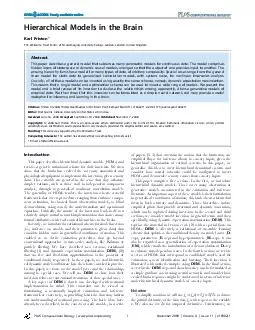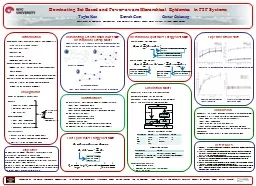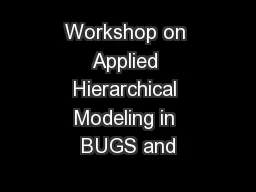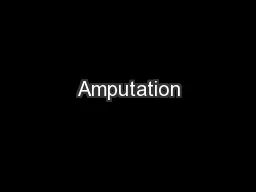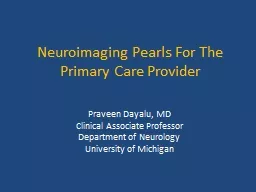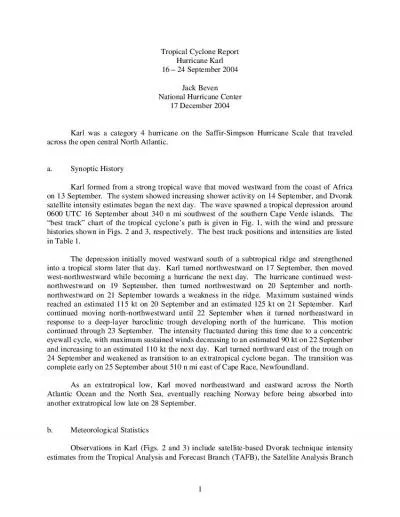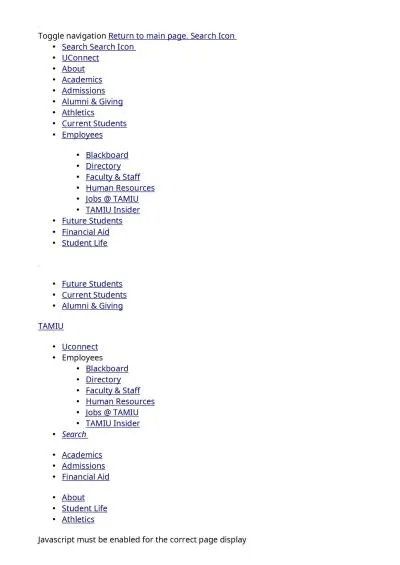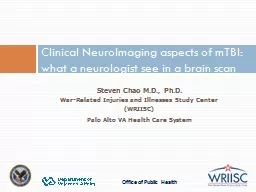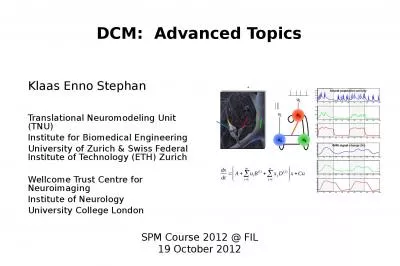PDF-Hierarchical Models in the Brain Karl Friston The Wellcome Trust Centre of Neuroimaging
Author : lindy-dunigan | Published Date : 2015-01-18
The model comprises hidden layers of statespace or dynamic causal models arranged so that the output of one provides input to another The ensuing hierarchy furnishes
Presentation Embed Code
Download Presentation
Download Presentation The PPT/PDF document "Hierarchical Models in the Brain Karl Fr..." is the property of its rightful owner. Permission is granted to download and print the materials on this website for personal, non-commercial use only, and to display it on your personal computer provided you do not modify the materials and that you retain all copyright notices contained in the materials. By downloading content from our website, you accept the terms of this agreement.
Hierarchical Models in the Brain Karl Friston The Wellcome Trust Centre of Neuroimaging: Transcript
Download Rules Of Document
"Hierarchical Models in the Brain Karl Friston The Wellcome Trust Centre of Neuroimaging"The content belongs to its owner. You may download and print it for personal use, without modification, and keep all copyright notices. By downloading, you agree to these terms.
Related Documents

